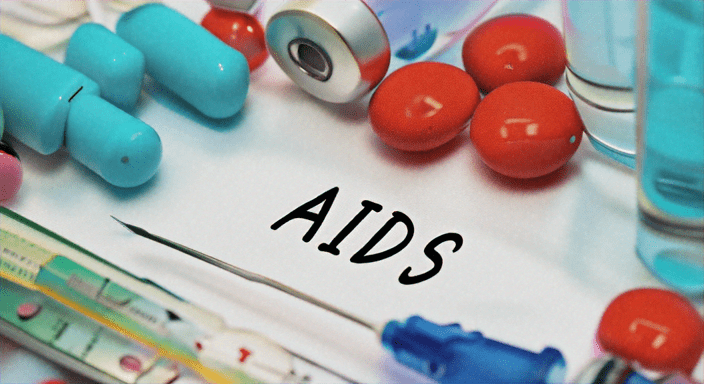Navigating life with HIV presents its challenges, yet grasping the available treatment options is vital for empowerment and informed decision-making. The realm of HIV treatment has undergone a profound transformation, granting individuals the ability to manage their health effectively and enjoy a superior quality of life.

Insights into HIV Treatment
The foundation of HIV treatment is antiretroviral therapy (ART), which entails a blend of medications designed to suppress the virus and halt its progression. A variety of drug combinations and regimens are accessible, each accompanied by distinct advantages and potential side effects.
Key Considerations in Treatment Selection
Multiple factors contribute to determining the most suitable treatment plan for someone with HIV. These encompass their general health status, possible drug interactions, and lifestyle elements that may affect adherence.
1. Personal Health Status and Requirements: The selection of treatment is swayed by an individual’s present health condition, encompassing the stage of HIV infection, the existence of other medical conditions, and the functionality of their immune system.
2. Potential Adverse Effects and Drug Interactions: Various antiretroviral drugs may yield different side effects, and it is imperative to account for potential interactions with other medications the individual might be using.
3. Lifestyle and Adherence Elements: Consistent adherence to the prescribed treatment regimen is critical for its efficacy. Elements such as daily routines, travel plans, and support networks must be taken into consideration to ensure optimal adherence.
Maintaining Treatment Consistency
1. Strategies and Support for Adherence: Adhering to the prescribed treatment regimen is essential for achieving viral suppression and preserving good health. Healthcare providers, support groups, and medication reminders can assist individuals in staying consistent with their treatment.
2. Monitoring Viral Load and CD4 Count: Regular assessment of viral load (the quantity of HIV in the bloodstream) and CD4 count (an indicator of immune system function) is crucial for evaluating the effectiveness of the treatment and making necessary adjustments.
The Changing Landscape of Treatment
1. Emerging Treatment Options and Ongoing Research: The domain of HIV treatment is in perpetual evolution, with continuous research leading to the creation of new and enhanced antiretroviral drugs and treatment strategies.
2. Personalized Medicine and Precision HIV Care: Progress in genetic testing and personalized medicine is facilitating more customized and individualized HIV treatment approaches, factoring in an individual’s distinct genetic composition and health profile.
A Comprehensive Approach to HIV Management
1. Supplementary Therapies and Lifestyle Adjustments: In addition to antiretroviral therapy, supplementary therapies and lifestyle modifications—such as physical exercise, dietary alterations, and stress management—can contribute supportively to overall HIV management.
2. Mental Health and Emotional Backing: Living with HIV can exert an emotional strain, and addressing mental health requirements through counseling, support groups, or therapy can be a fundamental component of a holistic HIV management strategy.
Surmounting Obstacles and Combating Stigma
1. Accessibility to Care and Treatment Resources: Guaranteeing access to affordable and superior HIV care and treatment resources is pivotal for individuals living with HIV. Support services and patient assistance programs can aid in overcoming financial and logistical barriers.
2. Confronting Discrimination and Stigma: Stigma and discrimination related to HIV can erect substantial obstacles to seeking and adhering to treatment. Initiatives to raise awareness, promote education, and challenge stigma are indispensable for fostering an environment of acceptance and support.
Conclusion
Empowerment in HIV treatment is rooted in being well-informed and making decisions that align with your unique needs and circumstances. By comprehending the available options, considering individual factors, and collaborating closely with healthcare providers, individuals living with HIV can actively participate in their care and attain optimal health outcomes. Embrace the power of choice, remain informed about the evolving treatment landscape, and ensconce yourself in a supportive network to flourish in your journey with HIV.





